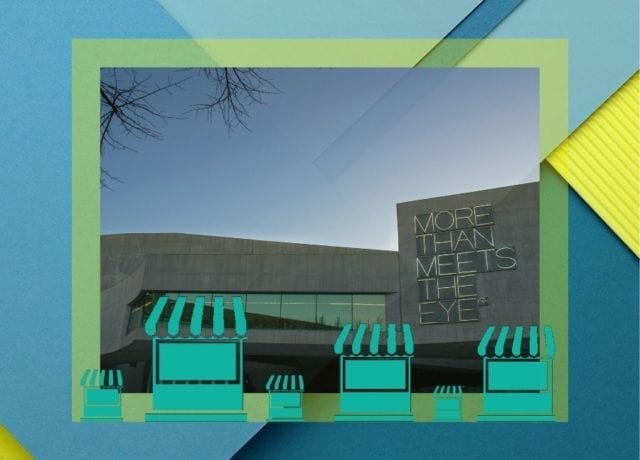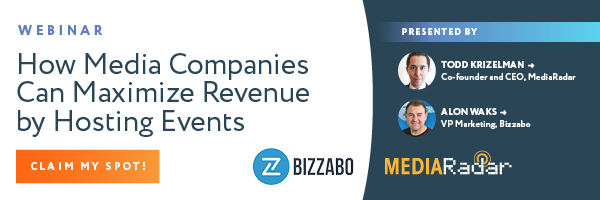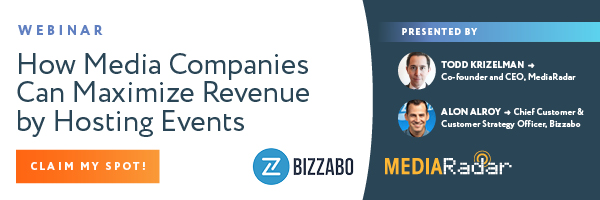The word is out: events are now a major channel for B2B advertising. For most publications, it’s not a question of if. It’s a matter of how.
For more information on events and trade shows for B2B, check out our resources on why you should host a trade show and how retail trade shows deliver value beyond the booth.
To get into the details of how to decide on the range of booth sizes for your event or trade show, see our list of top considerations below.
Our top two recommendations? Don’t discount by the size of the booth, and don’t fall into a ‘one-size-fits-all’ mindset. Offering varied booth sizes and premium spaces will help you create more value for your vendors and attendees.
You’ll need some careful planning to find the winning mix of 10×10 booths, tables and lounges.
Size of Your Event Space
The size of your venue will certainly affect which sizes you can offer. Bigger space are more expensive, but can also allow for higher paying vendors. It’s a trade off, and one you should be flexible with. Layout matters just as much as size; look at your logistics and how you want people to move throughout the space before delineating booth sizes.
Read More: 6 Conference Venue Mistakes to Avoid
Number of Anticipated Vendors
If you have a high number of vendors coming, fitting them all in with large booths may be an issue. On the flip side, offering smaller booths with fewer participants will make your event look skimpy.
Attendee:Vendor Ratio
With a lot of vendors vying for space and many attendees looking to glean value out of your event, balancing booth size can become difficult. The higher the ratio, the more varied booth options you’ll want to offer. To encourage true networking and avoid booth hopping, offer a handful of larger booths or lounges.
Read More: 5 Basic B2B Conference Planning Tips You Can’t Skip
Premium Spaces Available
Before offering premium spaces, be sure your event venue can handle it. Will booth spaces have to be limited, or will you have room to sprawl?
What Vendors Buy Elsewhere
To have a baseline to work with, first look at what size and types of booths vendors are buying at similar events. You shouldn’t copycat, but it’s good to understand budgets and preferences before even landing on your booth size options.
Differentiation From Competitors
On the note of looking at what vendors buy, be sure your offerings bring some differentiation from competitors’ events. The last thing you want is ‘just another B2B trade show’. Instead, actively look for ways to build networking into your booth layout, translate the value of various packages to sponsors and have a booth option that truly makes you stand out.
Read More: 5 Simple Things to Do to Facilitate Networking at Your Event
Outside Costs
Be mindful of what participating in your event will cost your vendors — from materials to opportunity. Making your event unique is a must, but not at the expense of your sponsors. If vendors have to create entirely new materials to fit your mold, you may want to rethink what you have on offer.
Communication
If you offer premium options (like a lounge or larger booth), be careful with how you communicate the agreement. Make sure that your vendors know exactly how big the space is and what they need to bring (versus what you will provide at the venue). On that front, be absolutely sure that you can follow through on your promised space before making the pitch.
‘Value Added’ Work
Value added options are usually great in theory, but work as a double edged sword in event marketing. If you want to win over a particular brand, upgrading them to a larger booth the week before the event may not be the way to do it. You’ve suddenly created a huge amount of work for their marketing department as they scramble to get everything together for a lounge vs. a 10×10 booth. Instead, look for ways to add value without increasing your vendors’ workload — additional social posts, for example, or a special mention at the beginning of a breakout session.






